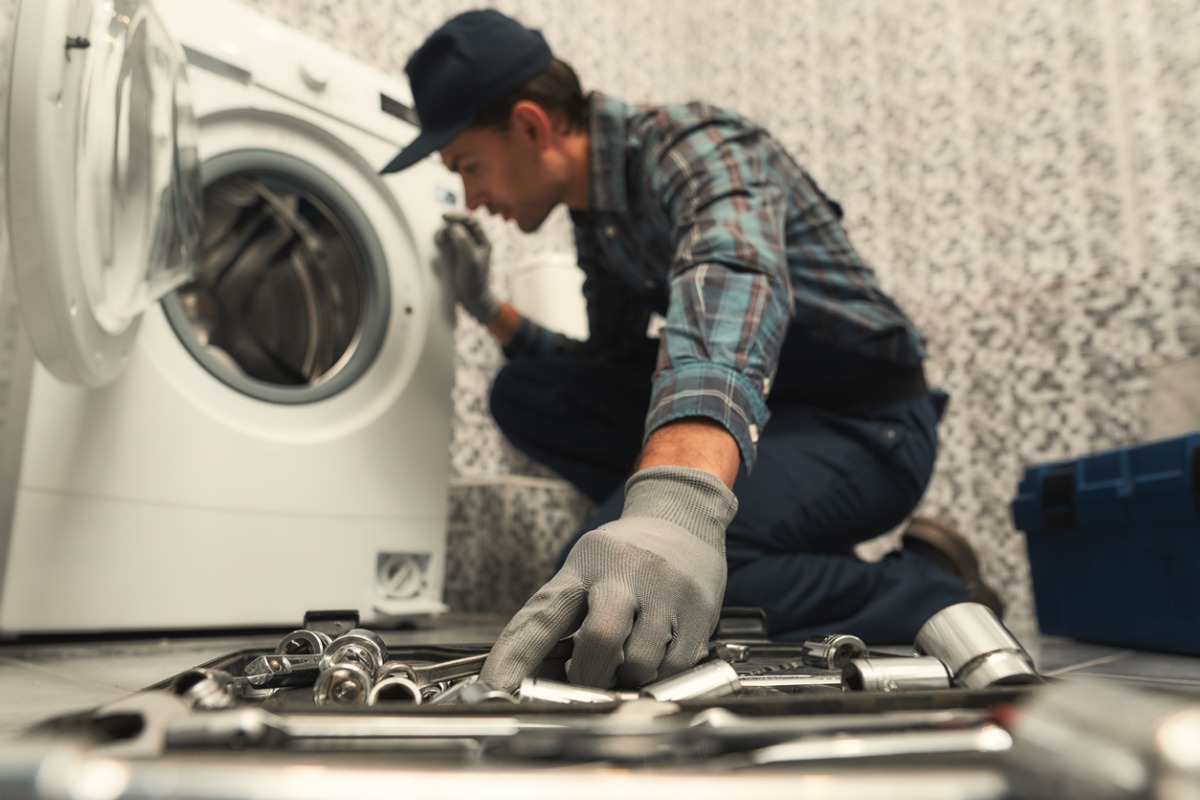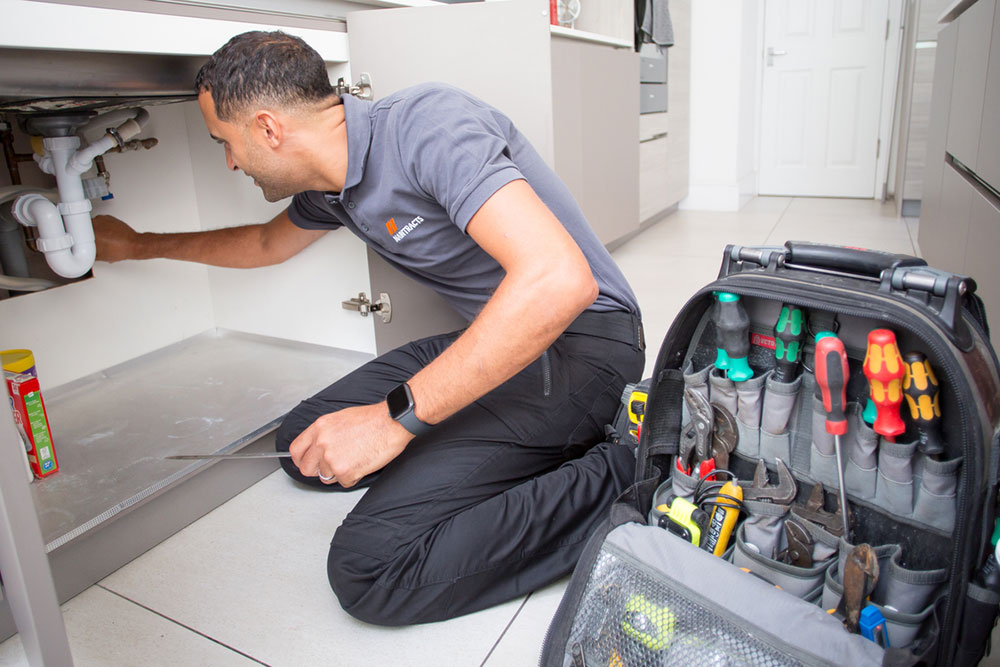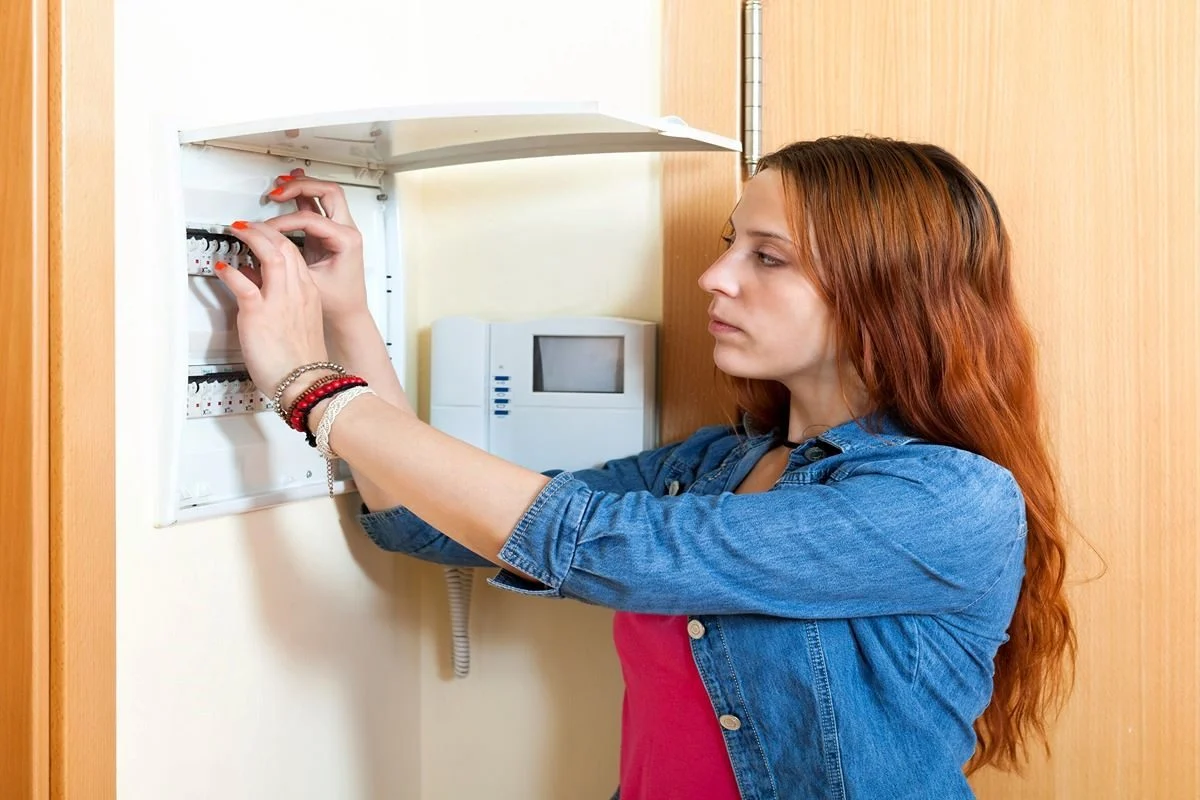Washer/Dryer Troubleshooting Tips

Anúncios
Washing machines and dryers are important in modern homes because they make washing easier and save a lot of time. However, like any complex machine, they can have issues that prevent them from working. By solving the most common problems with these products, you can save money and extend their life. In this article, we provide some helpful troubleshooting tips for washing machines and dryers so that users can find out what is wrong and fix the problem themselves.
1. Repair a Damaged Gasket
Doesn’t Start:
If you press the power button and the washing machine does not start, check that it is properly plugged in and that there is power. Check the circuit breaker and replace any blown fuses. Also make sure the door is completely closed, as some washing machines will not work if the door is not properly locked.
Anúncios
Excessive Vibration:
If your washing machine shakes excessively when it spins, it could be due to an uneven load or an unbalanced machine. Stop running, move clothes inside and make sure the washing machine is on the floor.
Leakage:
If you notice that your washing machine is leaking, check the pipes for cracks or loose connections. Also check the door seal for signs of damage. Replace damaged parts as necessary to prevent the leak from recurring.
Anúncios
Strange Voice:
Strange noises when the machine is running could mean that the motor, gears or other internal parts are damaged. Turn off the machine and do not use it until an expert has identified and corrected the problem.
Bad Odor:
Use hot water, vinegar or a washer-specific detergent on an empty cycle to remove odors. Clean soap connections and rubber gaskets regularly to prevent mold growth.
2. How to Fix a Broken Dryer
No Heat:
If the dryer runs but does not heat up, check that the dryer is properly connected to the power source. Check for tripped circuit breakers and replace blown fuses. Also clean the lint filter and ventilation system, as a blockage can cause the dryer to overheat and pose a safety hazard.
Calorie Deficit:
If the dryer is not getting hot enough, the vent may be partially blocked or the timer may be faulty. If the problem persists, clean the air system and consider calling a professional to replace the thermostat.
Overheating:
A dryer that is too hot is dangerous and can cause a fire. In this case, switch off the dryer immediately and remove the plug from the socket. Before using the device again, call a technician to check and solve the problem.
Unusual Sound:
Grinding or squeaking noises when the dryer is running could mean that the drum is slipping, the drum or belt is broken. To prevent further damage, do not use the machine until the problem has been corrected.
Wrinkled Clothes:
If your clothes come out of the dryer with too many wrinkles, they may have been in the dryer too long after the dryer finished. Try to take the garment out immediately after the cycle, or if you have a wrinkle-free option, use it.
3. Energy Saving Tips for Washing Machine and Dryer
In addition to solving the problem, users can take steps to reduce the energy consumption of their washers and dryers, which saves money and benefits the environment.
Use the Correct Payload:
Do not put too many items in the washing machine or dryer, as this can damage the machine and make it less effective. Follow the manufacturer’s instructions on load size to make sure it works properly and doesn’t waste resources.
Wash with Cold Water:
Wash in cold water if possible. Much of the energy used by washing machines is used to heat water. Most detergents these days work in cold water, so your clothes come out clean and smell nice.
Let the Clothes Air Dry:
If the weather is nice, let the clothes dry naturally instead of using the washing machine. You can use a rope outside or inside a drying rack. This not only saves energy, but also ensures that your clothes last longer because they need to be dried less often.
Regularly Clean Your Dryer Vent:
Clogged dryer vents can reduce the safety and efficiency of your machine. Before or after each load, clean the lint screen and check the vent system regularly to make sure it is not clogged. Remove the lint and consider having the vents cleaned by a professional at least once a year.
4. Preventive Maintenance to Extend Service Life
Regular preventive maintenance is necessary to keep your washer and dryer working properly.
Cleaning the Washing Machine Drum:
Run the hot water cycle regularly with white vinegar or detergent to remove soap scum and prevent mold growth. Wipe down door gaskets and rollers to keep your machine smelling clean and fresh.
Check Connections and Hoses:
Regularly check your wash hoses and fittings for wear and leaks. If a hose breaks, replace it immediately to avoid water damage.
Check the Drying Belt and Drying Drum:
Every few months, check your dryer belt and drum for wear or misalignment. Loose or broken parts reduce the effectiveness of drying and are a safety risk.
Make Sure the Outside is Clean:
Regularly wipe the outside of your washer and dryer to remove dust and dirt. This keeps the device looking good and prevents dust and dirt from getting into the internal parts.
Conclusion:
Users can save time, money and stress by solving simple washer and dryer problems. But it’s important to put safety first and not try to solve complex problems without the right information. If the problem does not go away after trying these tips, you should call a professional technician to make sure that the device is attached properly and securely. Regular care and maintenance of these items will help prolong their life and keep them functioning properly for years to come.





